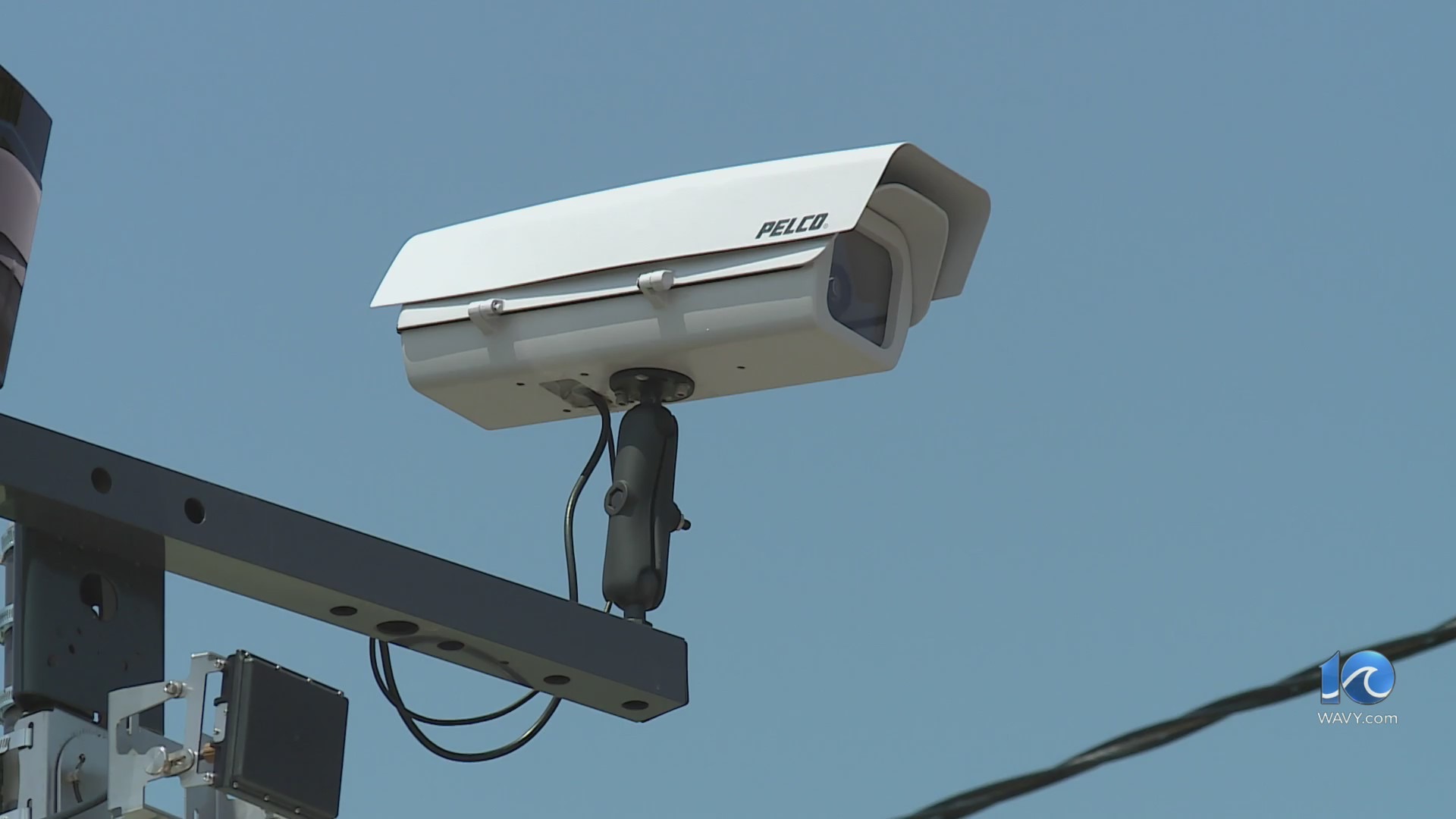WASHINGTON (AP) — President Donald Trump’s decision to send more defensive weapons to Ukraine came after he privately expressed frustration with Pentagon officials for announcing a pause in some deliveries last week — a move that he felt wasn’t properly coordinated with the White House, according to three people familiar with the matter.
The Pentagon, which announced last week that it would hold back some air defense missiles, precision-guided artillery and other weapons pledged to Ukraine because of what U.S. officials said were concerns that American stockpiles were in short supply. Trump said Monday that the U.S. will have to send more weapons to Ukraine, effectively reversing the move.
Two of the people, who spoke on the condition of anonymity about the sensitive internal discussions, said there was some internal opposition among Pentagon brass to the pause — coordinated by Pentagon policy chief Elbridge Colby — before it was announced.
One of the people described Trump as being caught “flat footed” by the announcement.
The pause in critical weapons deliveries had come at a difficult moment for Ukraine, which has faced increasing — and more complex — air barrages from Russia during the more than three-year-old war. Trump acknowledged that in announcing the reversal on Monday night, saying, “They have to be able to defend themselves. They’re getting hit very hard now.”
Asked by a reporter Tuesday who approved the pause, Trump bristled at the question while he was gathered with his Cabinet. “I don’t know. Why don’t you tell me?”
Trump’s change in tone on Putin
The president also laid into Russian President Vladimir Putin, suggesting he was unnecessarily prolonging the war that Trump has said he’s determined to quickly conclude. Trump has struggled to find a resolution, with talks between the sides stalled.
The Republican leader has sounded increasingly exasperated with Putin in recent days. The two spoke by phone last week.
“We get a lot of bull—- thrown at us by Putin, if you want to know the truth,” Trump said during Tuesday’s Cabinet meeting. “He’s very nice all the time, but it turns out to be meaningless.”
He has threatened, but held off on, imposing new sanctions against Russia’s oil industry to try to prod Putin into peace talks.
Sen. Lindsey Graham, R-S.C., said last week that Trump has given him the go-ahead to push forward with a bill he’s co-sponsoring that calls, in part, for a 500% tariff on goods imported from countries that continue to buy Russian oil. The move would have huge ramifications for China and India, two economic behemoths that buy Russian oil.
Trump said Tuesday that he’s “looking at it very strongly.”
Pentagon says it’s going to resume shipments to Ukraine
The weapons pause announced last week impacted shipments of Patriot missiles, precision-guided GMLRS, Hellfire missiles and Howitzer rounds and more, taking not only Ukrainian officials and other allies by surprise but also U.S. lawmakers and other parts of the Trump administration, including the State Department.
The Pentagon said late Monday that at Trump’s direction, it would resume weapons shipments to Ukraine “to ensure the Ukrainians can defend themselves while we work to secure a lasting peace and ensure the killing stops.” Still, spokesman Sean Parnell added that its review for Trump to evaluate military shipments worldwide continues as part of “America First” defense priorities.
The Pentagon did not immediately respond to a request for comment on whether Defense Secretary Pete Hegseth consulted with the White House prior to pausing weapons shipments and whether or not those shipments have now resumed.
It’s also unclear which weaponry would now be sent, though Trump said that the U.S. will primarily be assisting Ukraine with defensive weapons.
Counting the weapons
On Tuesday, each of the services and the combatant commands — the multiservice organizations that spearhead U.S. military operations around the world — were still sending up information on their stockpiles of specific munitions to Pentagon leadership, a U.S. official said.
“They are literally still doing the math,” the official said.
The information was being presented on a stoplight chart — where munitions were either in a red, yellow or green status, similar to slides that had been created the week before, the official said. That earlier study had concluded that some munitions were OK to keep sending to Ukraine — but others were reaching concerning levels.
Getting a full visibility on the numbers of actual munitions on hand takes time, the official said, because while Patriot missiles, for example, initially belong to the Army, once they are requested and sent to a combatant command, such as U.S. Central Command, the service loses visibility on those numbers in inventory.
The vast majority of the munitions and weapons the U.S. has shipped to Ukraine have been pulled from the Army, which has monitored levels closely in recent years, particularly for high-demand items like 155mm artillery shells and Patriot missiles for air defenses.
It’s been harder for the Army to ramp up production on those items than had been planned: It was trying to hit a goal of producing 100,000 155mm shells a month by the end of 2025 but won’t meet that goal now until 2026, Army spokesman Steve Warren said.
Ramping up Patriot missile production also has been challenging, Warren said.
Sen. Mitch McConnell, R-Ky., said in a statement Tuesday that he was glad Trump was resuming deliveries to Ukraine.
“This time, the President will need to reject calls from the isolationists and restrainers within his Administration to limit these deliveries to defensive weapons,” McConnell said. “And he should disregard those at DoD who invoke munitions shortages to block aid while refusing to invest seriously in expanding munitions production.”
___
Associated Press writers Lisa Mascaro and Matthew Lee contributed to this report.






